In time for the 100th anniversary of Rudolf Steiner’s course Education for Special Needs,1 a twelfth Section of the School of Spiritual Science will be founded in October 2024: the Section for Inclusive Social Development. Jan Göschel was appointed leader of the Section by the Goetheanum Leadership.
Franka Henn: What does inclusive social development mean to you?
Jan Göschel: The main word is “development” and “inclusive” describes its quality. The German name, Sektion für Heilpädagogik und inklusive soziale Entwicklung, includes the term “Heilpädagogik,” which has been an established professional designation in German-speaking countries since 1861 but doesn’t translate well into other languages. “Inclusive social development” refers to our entire international professional field with its wide variety of professional titles and its broad spectrum of educational, therapeutic, and social areas of activity. We’ve been using this title since 2018, as the outcome of a broad consultation process with our international field. Until now, we were called the Anthroposophic Council for Inclusive Social Development. The term “inclusive social development” expresses our collaborative intention. “Inclusive” in this context means that every person, each with their own biography, can identify themselves with this collaborative social space and participate in it. Every person is invited to shape the social space together.
When I delve deeper into this, I come to the smallest social unit: I and Thou. Rudolf Steiner described it as a phenomenon of resonance—he didn’t use this term, but in today’s words, we speak of “resonance.” In Steiner’s course, Education for Special Needs, this smallest social phenomenon between I and Thou plays such a fundamental role that Steiner views all pedagogical and therapeutic action from this perspective. It depends more on who I am as an educator than on the methodology I use; the most important and fundamental thing is what happens between human beings. Proceeding from this foundation, our whole sphere of life is concerned with how we can shape the social world from out of this relational awareness and how we can create resonant relationships between I and Thou.
Is this resonant relationship what connects your chosen qualifying words “healing” (as in the German “Heilpädagogik” or “healing” education), “inclusive,” and “social”?
It’s the connection and the foundation. Everything that has to do specifically with method and the technical side of shaping processes, of building community, is not unimportant; but, it can only play its role properly, when a level of resonance is established as a vessel or context.
Doesn’t this focus on the I-Thou relationship run counter to current developments in education and therapy? It seems to me that personal relationships are suspected of having negative effects due to the fallibility of all human beings. How do you deal with this?
I believe this goes to the core of what the anthroposophical approach to inclusive social development is. There is a trend that’s quite strongly influenced by Anglo-American scientific culture, going back to behaviorism; it leads to the idea of “teacher-proof education”: a pedagogy that’s structured in such a way that the teacher can no longer do anything wrong. The teacher is just the executor of a prescription. It’s a very technological and technocratic approach. But there is a legitimate question here, because people do make a lot of mistakes. When there’s an imbalance of power (about which we are becoming more and more conscious today), we especially have to deal with this question. But, the tendency to answer the problem by completely removing the human being as a factor and mechanizing everything is not the solution. In the fields of care, therapy, and education, there’s a lot of research showing that any highly technocratic system which entrenches this kind of tight control, creates a climate where there is a high risk of abuse. Like other humanistic approaches, the anthroposophical orientation goes in the opposite direction: this system is only good when the human being is fully present within it—even more present than in everyday life—with full consciousness. Mistakes cannot be shut out entirely, but we can develop ourselves and we can build professional contexts in which we mirror each other. The corrective to any mistakes comes through the team’s reciprocal practice of reflection; self-development on its own is not enough. One of the main questions for us is: How can we embrace and shape these social forms of work? A second essential question for our field is: How can we develop an interested but, at the same time, objective relationship with other human beings, one that is deeply connected while maintaining boundaries? This is a capacity that can be learned, but it requires self-development and an active, collaborative culture of development.
On the other hand, I would like to emphasize that there’s also a trend in society that allows us to connect much better with our principles than what was possible one hundred years ago. The work of Hartmut Rosa,2 for example, describes the concept of resonance as a phenomenon between I and Thou. Or consider how empathy is discussed today in a phenomenological context. There are further points of contact in connection with “embodiment” and “embodied resonance.” Today, we have many more opportunities to enter into dialogue beyond the anthroposophical context.
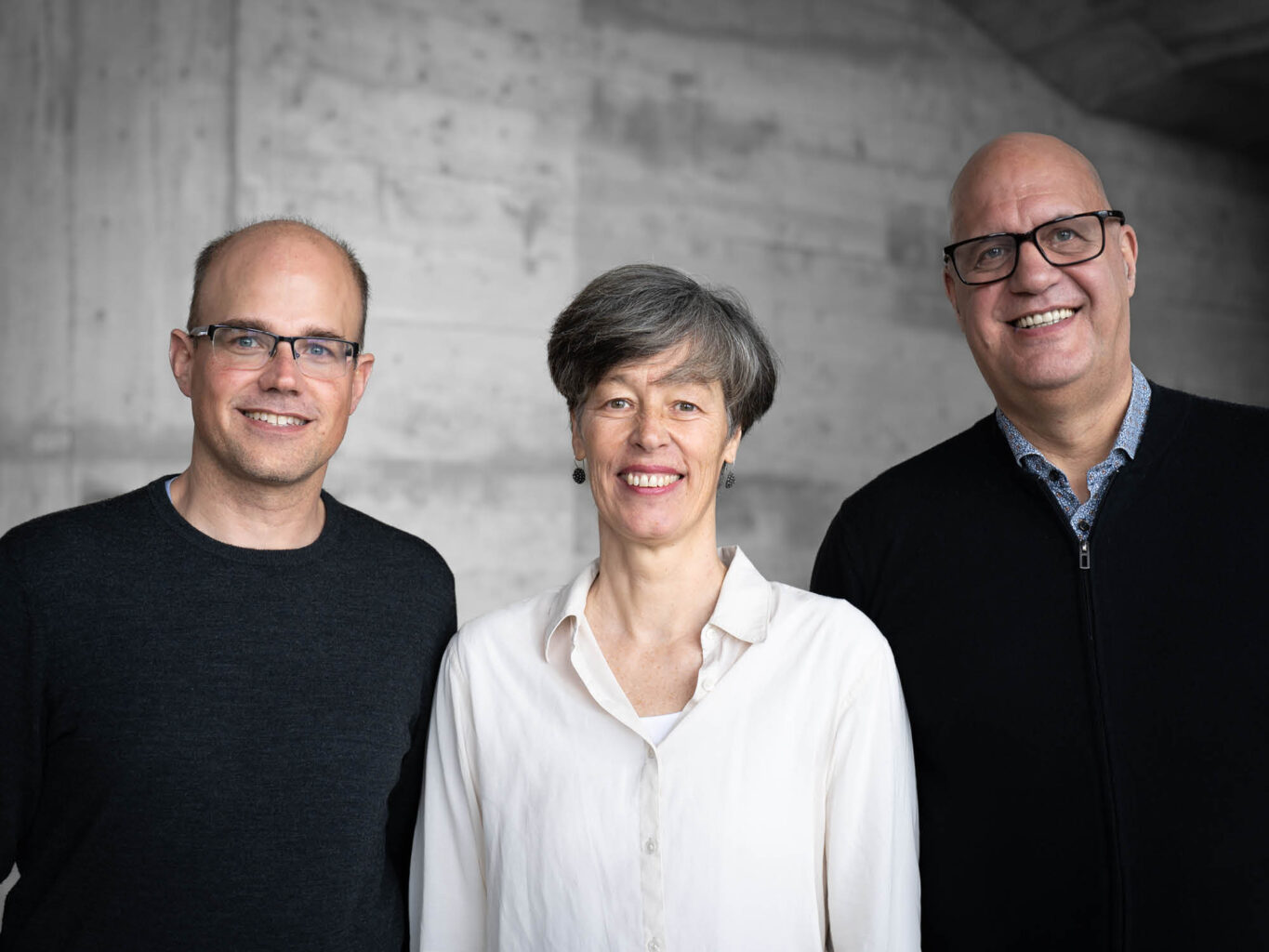
What has been the Council’s role in this context so far?
The mission of the School of Spiritual Science is research. Work naturally takes place in practice, in our network. Being somewhat removed from the practice while, in many ways, still standing in relation to the field of practice, what we can offer is a space for reflection within which concepts, ideas, and language for the phenomena can be developed—a place where difficulties and the conditions for success can be discussed. I consider it a huge privilege that I’m able to see so much in different contexts. Sometimes this gives me the possibility to see the essentials more clearly and allows us, as semi-outsiders, to be able to support the mirroring processes going on in the field.
Where were you traveling in 2023?
In January, I was in India at a conference of the Indian association and visited some organizations in Chennai and Bangalore. Then, I was in Rwanda, where I’m supporting a Camphill-inspired initiative. Later, I went to a Latin American conference in Chile and, with a leadership team, we went on a tour of the US and met the American association. In the fall, we went to Sekem in Egypt. I’d also planned to go to New Zealand, but that was postponed until July 2024.
Once around the world . . . . What was the essential thing that you observed?
Above all, variety is essential. There’s no one right thing that fits everywhere. We need a landscape of different approaches to inclusive social development. Then, a key motif is the contrast between very established organizations, for instance, in Germany and Switzerland, and pioneering initiatives around the world. There, a tension exists concerning identity. Where it is structurally stable, there can be more inertia, and the relationship to one’s own reason for being can sometimes almost disappear—it can become more about maintaining a tradition. Pioneering initiatives, on the other hand, often bubble over with enthusiasm and ideals but have few resources. For us, the question is: how do we link the two stages of development in the movement, so that the established contexts benefit a little from the pioneering spirit, and the new places benefit from resources and stability? Building exchanges and partnerships is a picture that always lives very strongly with me.

Your field of work has a surplus of learning in terms of empathy, resonance, and participation, from which the other spheres of life could benefit, yes?
That’s the hope. There are some texts by Steiner3 in which he sketches a picture for the sixth cultural epoch and the seeds of the future that are already present today. These seeds aren’t developed yet, but we can already begin to nurture them. He talks about three qualities: the first is empathy, the ability to perceive all the ways in which the other person experiences the world, including their suffering and their needs, in such a way that I can no longer ignore them. The second quality is the unconditional freedom of the other human being’s inner life, the unconditional respect for the inviolability of the inner life. And the third is more difficult to understand: there Steiner speaks of science of the spirit or pneumatology, which is actually a theological concept with reference to the experience at Pentecost. Why, for Steiner, is spiritual science a central, qualitative element of a community of the future? At the moment, I understand it like this: it’s about developing a way of knowing, not knowledge, but a path of cognition that allows us to come to what is essential from different perspectives, so that we can meet there and understand each other. This is the connection with the experience at Pentecost. I propose that these three qualities illustrate what we mean by inclusive social development. It’s our task to work, in all humility, upon these seeds of a potential community. This can be described as “inclusive” in the sense that it leaves the individual free, embraces diversity, and enables community.
In recent years, there have been a number of paradigm shifts that emphasize inclusion, participation, and equality. This brings with it major challenges in everyday life. Among other things, we have to question ourselves and understand that our empathy has blind spots. I’m thinking, for example, of teachers who are confronted with teaching situations that they are unable to cope with due to the requirements placed on them. How do we deal with this excessive demand?
It always becomes difficult when I make demands on others based on ideals that have become important for me. If a teacher is now overwhelmed by the fact that they suddenly have to integrate children with very different needs in the classroom and therefore rejects the concept of inclusion at school, there are two reactions. You can say with incomprehension: “Inclusion is simply the order of the day; we have to do it now.” Or you can look at the ideals along with the implementation. When a political decision is made that gives a mandate to someone—for example, that all schools become inclusive—but doesn’t provide the resources for how to do this, then the responsibility of society is offloaded on individuals. It’s important to recognize this imposed demand. What would be a way of embracing these ideals that would really move us forward, without being divisive? From an anthroposophical perspective, this also includes the question of inner qualities. There’s an instinctive sense of where we want to go as a society, but often, this is not consciously grasped, and we have a tendency to think about it only in terms of structure. We do need to think about structure, but when it’s only that, it becomes programmatic and problematic. Without inner qualities, without a change in consciousness, the whole development cannot proceed. With an anthroposophical perspective, we can actively contribute to this need.
After school, you spent a year volunteering in a community in the US. Was that the starting point for all your questions about social development, or did you go there because you already had these questions? Was that the red thread?
I grew up in Germany, in the Munich area. After high school, I did a year of voluntary service in Camphill Village Minnesota. After this year, I studied psychology at the University of Edinburgh. What appealed to me or attracted me was the question: how can one do healing work directly from out of what lives between people, from out of the relationship between human being and human being? At the time, I wouldn’t have formulated it like that. I felt that out of everything that the world needs, this was what was calling me. Studying psychology seemed the right thing to do. When I worked in the Camphill community in the Midwest, which was very agriculturally oriented and included adults with support needs, I experienced a year of very strong community. There was something about the way we lived together, the collaboration, and also the opportunity to work a lot with my hands. I’ve always been interested in spiritual questions, even as a teenager, and I had conversations there with people about anthroposophy. Some of the things I learned about anthroposophy appealed to me very much, and some didn’t at all or triggered a lot of questions in me. When I studied psychology, with a parallel minor in systematic theology and philosophical theology, I realized that the really important questions about human beings had more place in philosophy and theology than in academic psychology.
At that time, I began to get involved with anthroposophy, and then also did the Waldorf teacher training in Edinburgh, alongside my studies, in order to have a context in which I could engage with anthroposophy. And throughout that time, I maintained a relationship with people in the Camphill movement in the US. This brought me back there after my studies. I then became a teacher at a school for children with developmental disabilities in Beaver Run, a Camphill community in Pennsylvania.
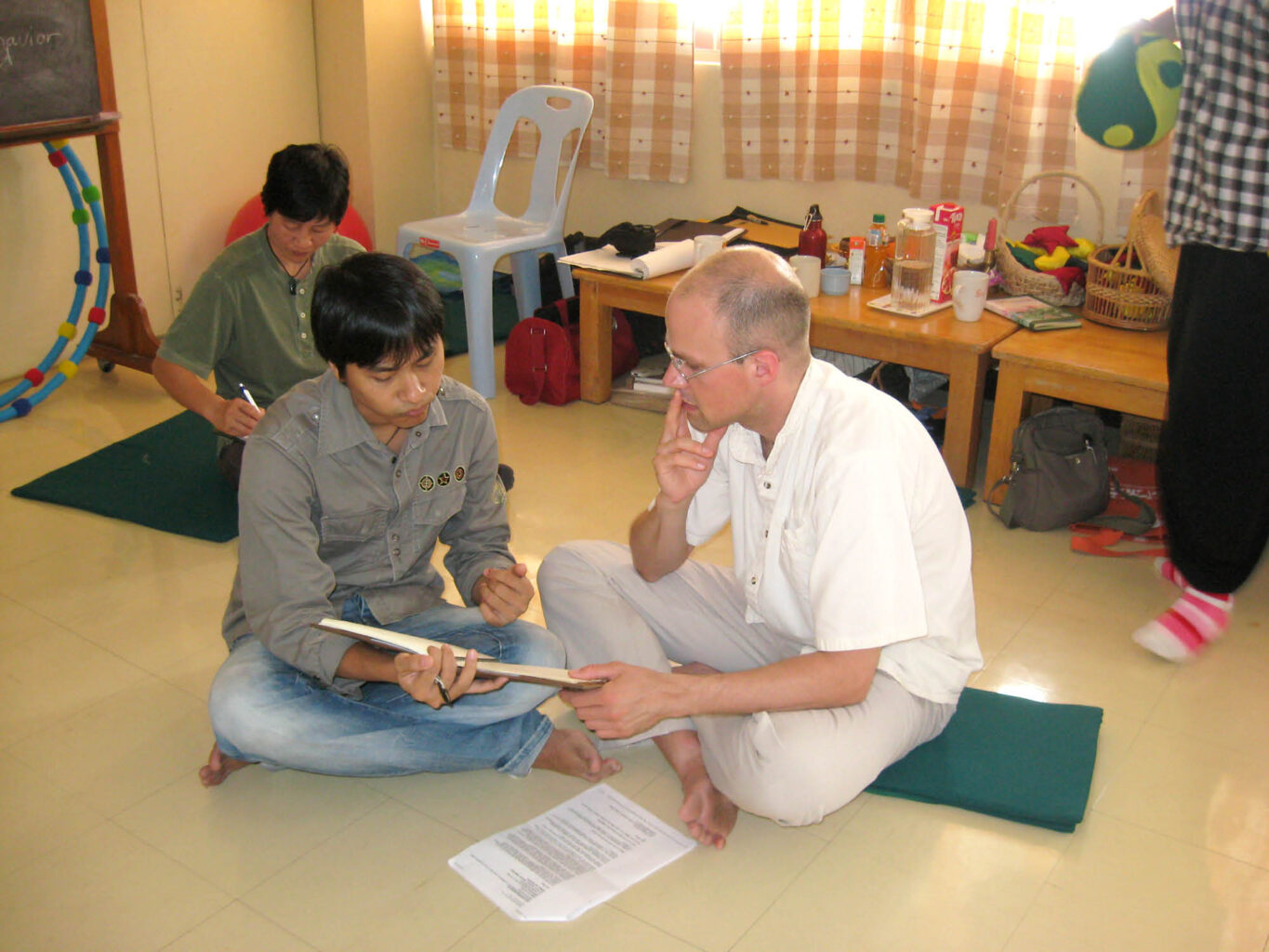
Where you mainly live to this day?
Yes, I’ve made that my home for 25 years. Today, I don’t have any professional responsibilities there. I’m still on the Board of Directors and on a few committees, but my work is now in Dornach. I live in Pennsylvania, and my office is in Dornach.
How did this change of role come about?
After my main task as a teacher at the school in Beaver Run was finished, I became active in the work of professional education and training. I co-founded and then directed the Camphill Academy, which is the professional education organization for Camphill in North America. As a result, I became very involved in international collaboration. There’s the International Training Circle, which is an organ of the Anthroposophic Council for Inclusive Social Development and, starting in the fall, of the new Section. The Council, which was led by Rüdiger Grimm until 2016 as the Curative Education and Social Therapy Council, is now led collaboratively by Sonja Zausch, Bart Vanmechelen, and myself. When it becomes the Section for Inclusive Social Development, we will also continue as a leadership team.
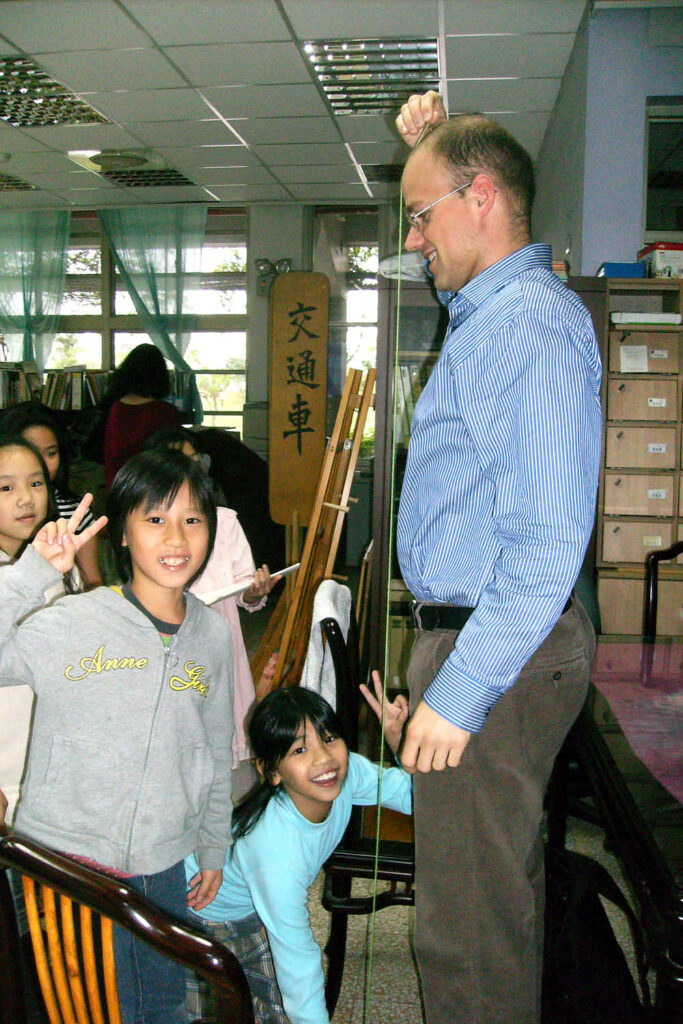
So, that’s your path from the outside. What core ideas have crystallized for you throughout this time?
When I started to study Steiner’s Education for Special Needs course, I was interested in how he handled the resonance between I and Thou and the question of embodiment, that the body is central. In anthroposophical contexts, it’s sometimes said that we incarnate into our bodies. But that’s not true. We incarnate in the world through our bodies! If we only incarnate into our body and do not enter into resonance with the world through our body, we remain stuck in ourselves. It’s about how we enter the world through our body in such a way that our body becomes an instrument of resonance for everything we encounter in the world. Steiner talks about this in very concrete terms. My body gives me this ability to connect, and when the incarnation process proceeds well, then the ‘I’ lives everywhere that the attention is and not somewhere in me. Today, this could be associated with “embodiment” as a practice. For me, this is the key to the question of how we humans can have a healing effect in our relationship with other humans. That is what has driven and sustained me, and still does, even though I, myself, have changed. I believe this is a common thread that has brought me to this path and connects me strongly to this field of life.
That all sounds wonderful! What, personally, was your biggest learning experience?
The direct, daily work with children and young people with support needs was crucial. We lived together “the old-fashioned way,” in shared households, and I worked as a teacher in the school, primarily with young people whose behavior was sometimes very challenging or who had very complex disabilities. They demanded that I get out of my head and into action. My tendency is to be more academic—I was always someone who reflected a lot and read a lot, etc. I had to learn to put my thoughts into practice. That was also a challenging experience. Fortunately, I had colleagues to help me reflect. It’s incredibly important to create the space for this and also to be able to discuss and work on our shadow sides. If you provide this space, a process of change can begin. I experienced that very, very strongly.
Would you like to tell us how one comes into the will or what brought you further along?
It happens when you have to do it. For example, when I was in Minnesota, I worked a lot with my hands. That was therapeutic for me. It allowed me to connect with elements and aspects of the world that I wasn’t quite as connected with before. When you work in the garden or in the woodwork shop, the garden or the materials show you whether what you’re doing is right or not. If you want it to work, there are objective requirements that you have to meet. But, even as a teacher, in front of a class of children who all bring their own unique situations with them, you have to be fully present, fully there, in your embodied presence. You have to be there in your movements, gestures, and speech in such a way that you give the children the opportunity to connect with you. You have to become authentically expressive in everything you do. Your attention must be fully present, and your thoughts must be what you are. And if this isn’t the case, you’ll get immediate feedback.
As the twelfth Section in the School of Spiritual Science, what do you want to bring to the Goetheanum?
To be completely concrete: how can we strengthen inclusive social development and shape inclusive social spaces? For example, we can give people with support needs a platform as self-advocates in our interdisciplinary context. So far, the focus has been mainly on professionals, but self-advocates are also professionals who contribute to shaping the field of work. We also need to raise awareness of diversity and inclusion issues in a wider context and in connection with the three qualities for a social culture mentioned earlier. We could form a vessel and focus for these issues not only individually, but as a large anthroposophical field of work.
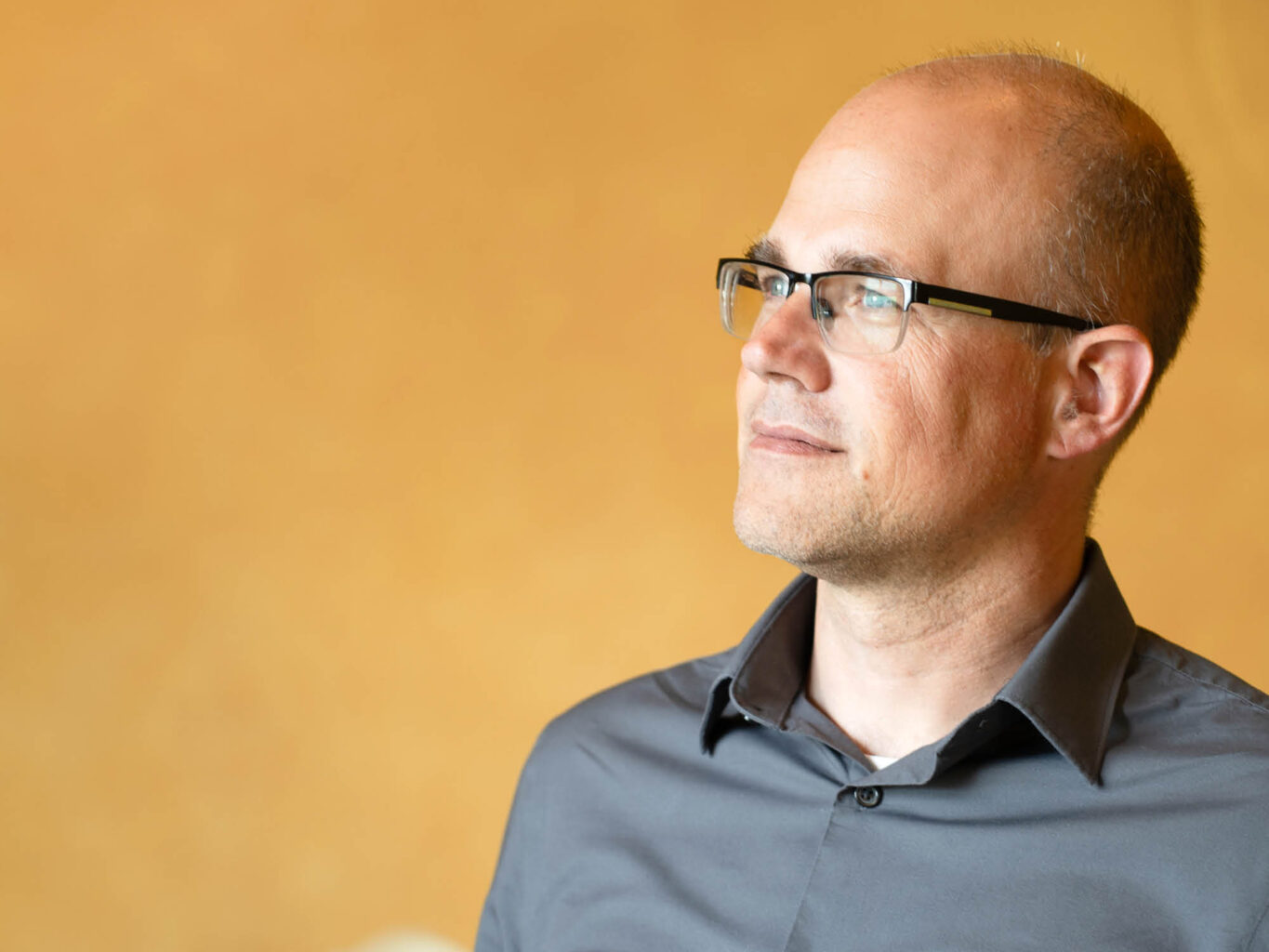
As leader of this Section, you will have one foot in the Goetheanum and the other in your home in the US and the world. What does this mean for you personally?
I’m glad to be active in building networks through the Council and then the Section and to be living in a concrete place of the movement. I’m also glad to have experienced North American pragmatism as an adult and reflection and philosophizing in Central Europe as a young person. I hope I can combine both sides, because I’m now at home in both worlds.
What’s your biggest inspiration for this?
It’s always the encounter with interesting human beings.
Translation Joshua Kelberman
Footnotes
- Rudolf Steiner, Education for Special Needs: The Curative Education Course, CW 317 (Forest Row, East Sussex: Rudolf Steiner Press, 2014), lectures in Dornach from June 25–July 7, 1924.
- Hartmut Rosa (born 1965), German sociologist, political scientist. See The Uncontrollability of the World (Cambridge, Massachusetts: Polity Press, 2020).
- See, among others, the lecture in Düsseldorf on June 15, 1915 in Rudolf Steiner, The Mystery of Death: The Nature and Significance of Central Europe and the European Folk-Spirits, CW 159 (Forest Row, East Sussex: Rudolf Steiner Press, 2023), lectures in various cities from Jan. 31–Jun. 19, 1915.

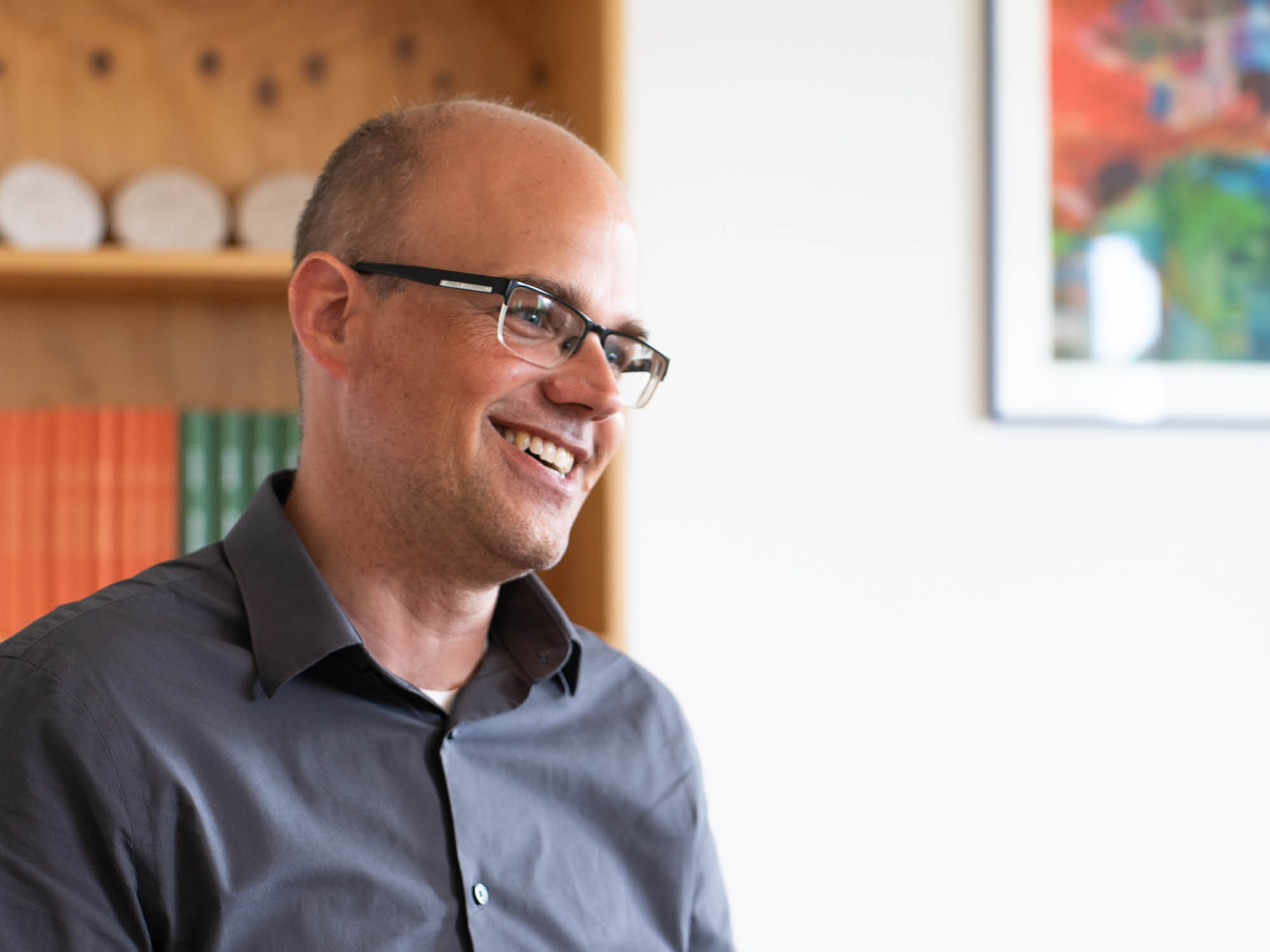




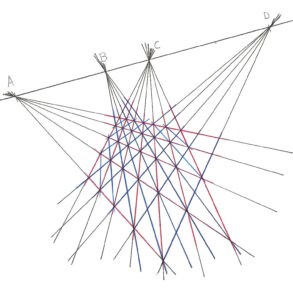
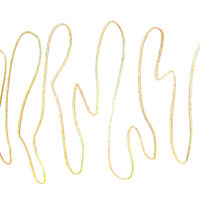
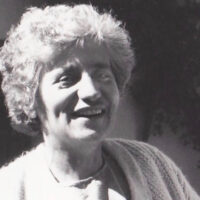

This is very fine news, and a sgtrong confirmation of the outstanding work of the curative mjovement worldwide. Jan Goschel is indeed the appropriate leader. With gratitude for this new direction!